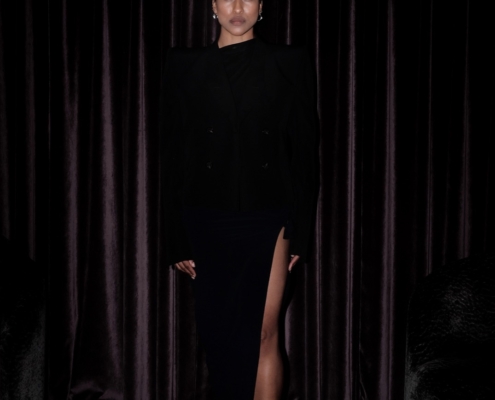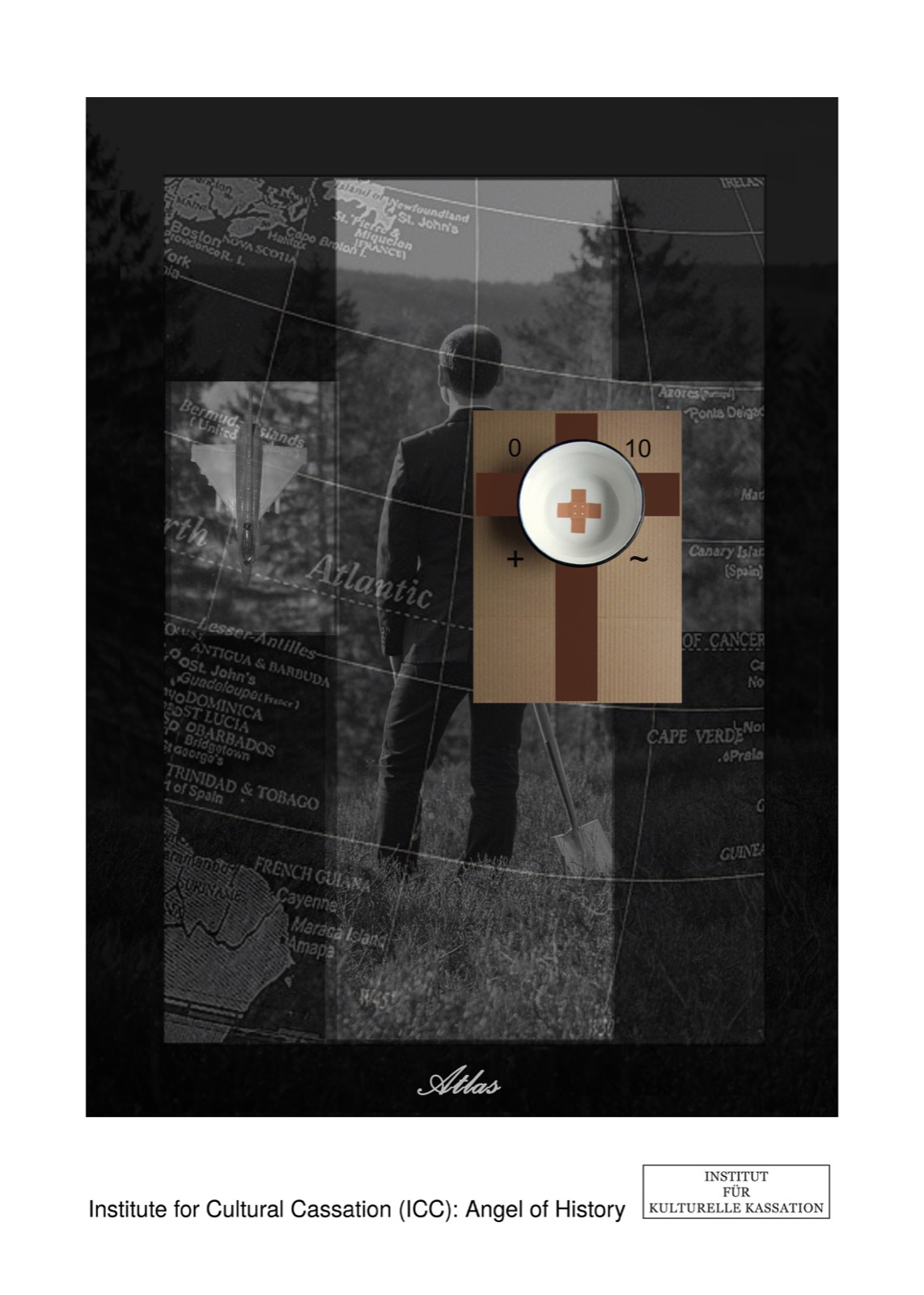Why did you choose to become an artist?
The nature of making art to me has always been about the production of meaning, developing a language and creating works that define me. My artistic practice is rooted in appropriation and bricolage. I believe that art serves to organise the best of my energies and skills.
You decided to set up an infrastructure – The Institute for Cultural Cassation – can you summarise its purpose?
The Institute for Cultural Cassation (ICC) is a long-term project and a kind of sculpture which looks at art history, art and modernism through the lenses of anthropology and ethnography. The ICC has no permanent location and has manifested itself since its founding in1995 in projects, installations and exhibitions at various places like art museums and galleries. It is the inner logic of the production and presentation of the objects and projects which creates the very body of the ICC. Incorporated into the art system this structure functions as a laboratory, recontextualizing the triad of art, art history and the art museum.
So, your practice interrogates the notion of time and its perception? How do memories allow us to shape future possibilities? What do you think about the idea of “nostalgia”?
Since the birth of modernity, the modern temporal ontology has been based on the differentiation between past, present and future. However, the ontological status of time is subject to the process of entropy that undermines the temporal structures of the body of society. Time is out of joint. On the one hand the past is growing more and more, while on the other hand the future is shrinking, accompanied by a loss of confidence in the idea of the future. Nostalgia is the contemporary experience of the gap between past and present, the feeling of the irretrievable loss of the past, a combination of fascination and frustration. But I think it can also be very inspiring and productive in regard to a rewriting of the past in order to shape future possibilities.
 https://www.nastymagazine.com/wp-content/uploads/2023/09/IMG_5440.jpg
1600
1075
Editor Nasty
https://www.nastymagazine.com/wp-content/uploads/2015/02/new-logo-basker-WHITE4.png
Editor Nasty2023-09-08 21:04:182023-10-04 20:27:56Sade English / She’s In Parties
https://www.nastymagazine.com/wp-content/uploads/2023/09/IMG_5440.jpg
1600
1075
Editor Nasty
https://www.nastymagazine.com/wp-content/uploads/2015/02/new-logo-basker-WHITE4.png
Editor Nasty2023-09-08 21:04:182023-10-04 20:27:56Sade English / She’s In Parties












